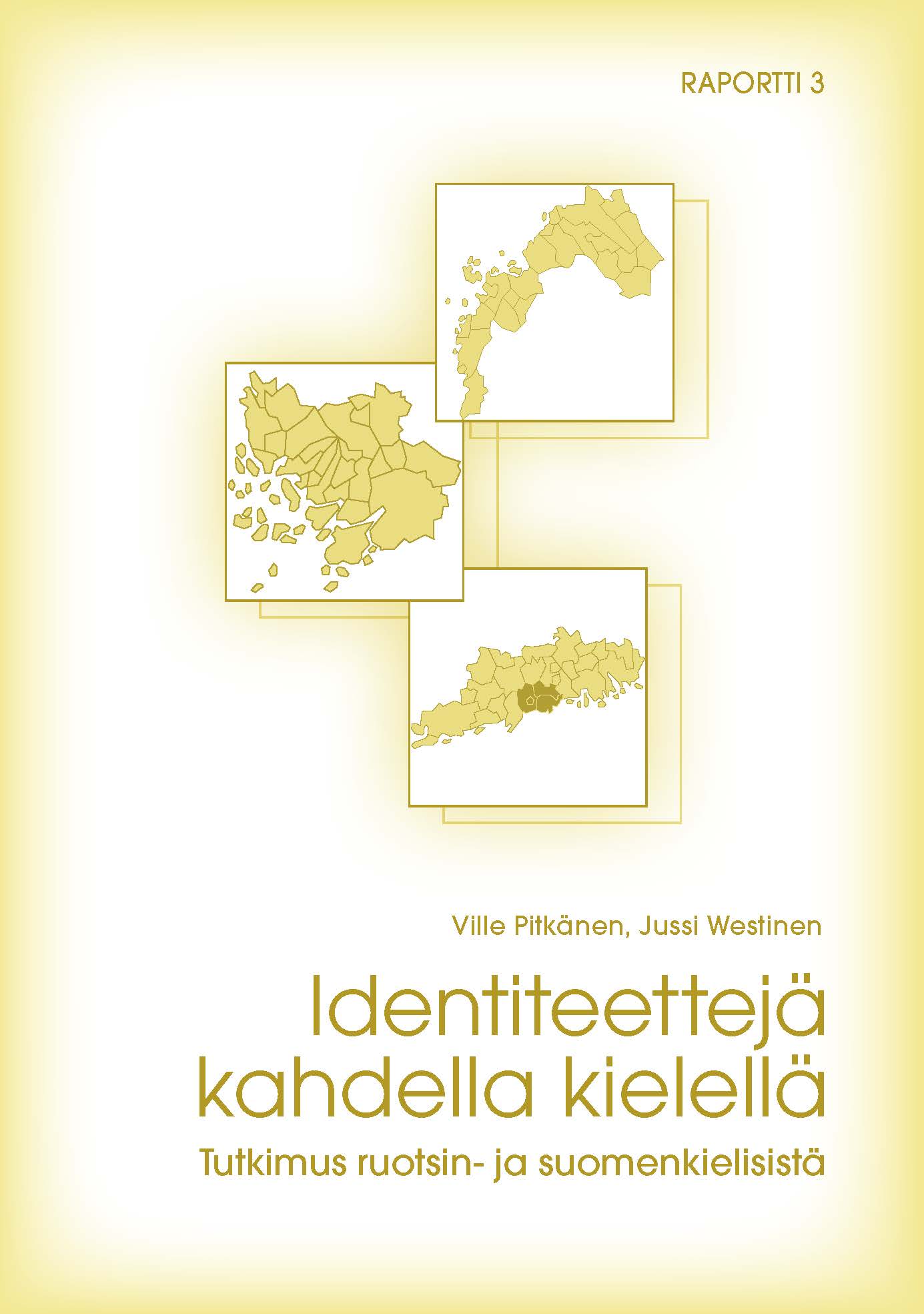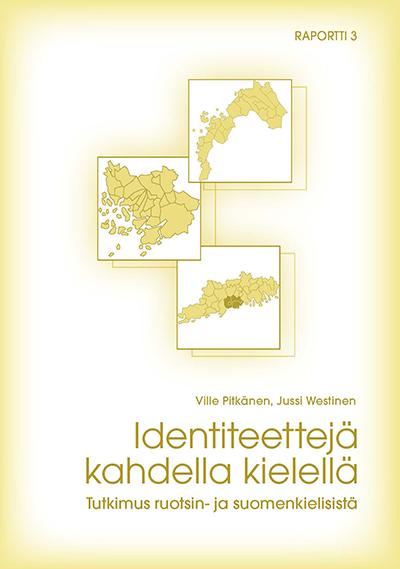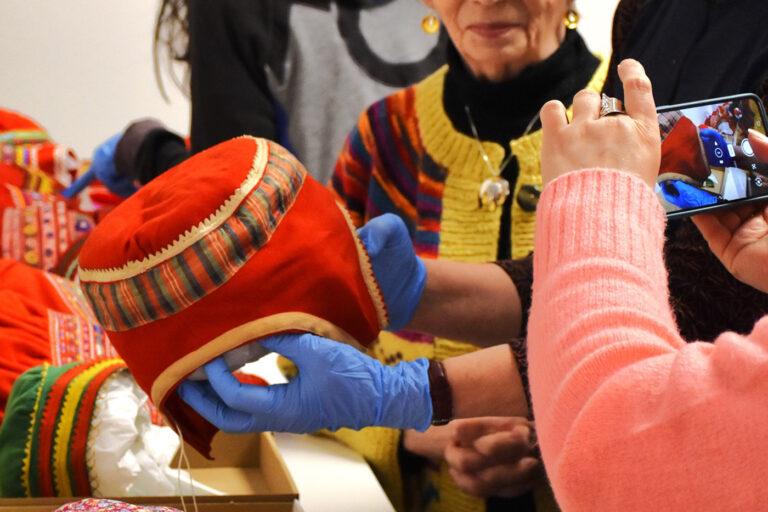Swedish-speaking Finns do not share a uniform identity
The identity of Swedish-speaking Finns is often strongly linked to where they live. Attachment to place of residence and family predominates in Ostrobothnia. On the other hand, the key identity factors in the Helsinki region are gender, social class and political stance.

Finnish-speaking and Swedish-speaking Finns have surprisingly similar identities, values and attitudes. Both groups have nearly as many value liberals and value conservatives and their societal attitudes are almost identical. These are results of Identities in two languages – a study of Swedish-speaking and Finnish-speaking Finns, a new research report by the Finnish Cultural Foundation and e2. The report, written by e2 researchers Ville Pitkänen and Jussi Westinen, was based on more than 6 000 survey answers.
Differences between Swedish-speaking in Ostrobothnia and the Helsinki region are the biggest
In their identity, Swedish-speaking Ostrobothnians stress family, region and religion. In the Helsinki region, the emphasis is on gender, social class, political stance and a European identity.
Those considering themselves value liberals are in majority in the Helsinki region (58 %) and South-West Finland (52 %).
There are differences in the value basis, too: those considering themselves value liberals are in majority in the Helsinki region (58 %) and South-West Finland (52 %). In Ostrobothnia and Central Ostrobothnia liberal values are clearly scarcer (34 %). This regional variation is similar in both languages.
– Traditions, a down-to-earth attitude and a strong sense of pride in the area from which the family comes are characteristic also to Finnish-speaking Ostrobothnians. Interestingly, is it does not rule out a cosmopolitan identity, which is as strong in Ostrobothnia as in the Helsinki region, notes researcher Jussi Westinen.
Regional identities especially important to Swedish-speaking
Attachment to place plays a significant role in the identity of most Finns, including Swedish-speaking. People tend to direct this attachment to their childhood surroundings and region, and to their current home region.
– We observed that the emphasis on geographical attachment correlates with the share of Swedish-speaking population in the municipality. This finding can be explained partly through low migration, partly because the Swedish-speaking local communities are tightly knit, says Jussi Westinen.
Only slightly higher share of value liberals among Swedish-speaking
On the whole, Finnish-speaking and Swedish-speaking Finns are surprisingly similar with regard to societal attitudes, values and identities. For examples attitudes to the social status of different groups of citizens, work-life questions, media and culture are parallel. The language groups did not take opposite views on any of the more than thirty questions measuring societal attitudes.
On a scale of liberal vs conservative, too, differences were small. 44 percent of the Swedish-speaking and 39 percent of the Finnish-speaking saw themselves as value liberals, and there was only a slightly higher share of value conservatives among the Finnish-speaking (33 % compared to 26 % Swedish-speaking).
44 percent of the Swedish-speaking and 39 percent of the Finnish-speaking saw themselves as value liberals
Swedish-speaking tend to emphasize more their political stance as a part of their identity. However, this is not connected to supporters of the Swedish People’s Party but to left-wing voters among the Swedish-speaking.
– The same observation is valid for the population as a whole. Politics is particularly often part of the identity of Left Alliance supporters, tells Ville Pitkänen.
Strong minority identity among those who worry
For over 60 percent of Swedish-speaking Finns, belonging to a minority was important to their identity. This is the clearest difference between the two language groups. Another significant difference is that only 3 percent of the Finnish-speaking but as many as 30 percent of the Swedish-speaking think that the latter are mistreated.
For over 60 percent of Swedish-speaking Finns, belonging to a minority was important to their identity.
The concern about how Swedish-speaking are treated links to the identity of belonging to a minority. Almost half (45 %) of those emphasizing their minority identity feel that Swedish-speaking are treated poorly, compared to a mere fifth (19 %) among those who give no importance to the minority identity.
– However, our study does not reveal cause and effect. Do those identifying themselves strongly with the Swedish-speaking minority pay more attention to how the language group is treated? Or is it the other way around, i.e. do the worries strengthen the minority identity? It could be a two-way effect, ponders Ville Pitkänen.
The research report Identities in two languages – a study of Swedish-speaking and Finnish-speaking Finns is the third out of four publications within the project. The fourth, on sacredness, is due at the end of 2018.
The research results are based on 6398 survey answers, gathered by Taloustutkimus between 5 Oct 2017 and 11 Jan 2018 through face-to-face interviews and web panels. The analyses and the report were made by e2, and the research project was planned and financed jointly by the Finnish Cultural Foundation and e2. The third publication was published with the support of The Swedish Cultural Foundation of Finland.
For more information, please contact
Mr. Ville Pitkänen, Dr.(Pol.Sc.), ville.pitkanen@e2.fi
Mr. Jussi Westinen, Dr.(Pol.Sc.), jussi.westinen@e2.fi



